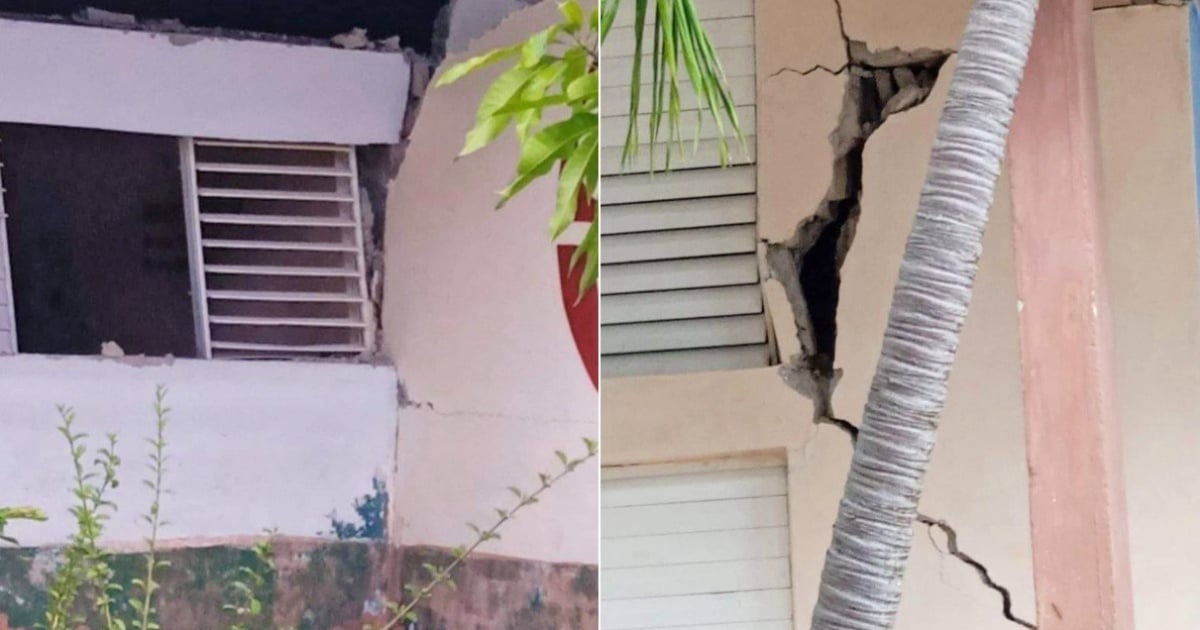The head of Cuba's National Seismological Service, Enrique Diego Arango Arias, has addressed recent reports that have sparked concern about the potential for a major earthquake in the Caribbean affecting Cuba. Through a Facebook post, he clarified that while there are areas with geological faults that accumulate significant energy and could produce notable earthquakes, predicting such events in the short term without concrete data is not feasible.
"A major earthquake could occur in places like the Dominican Republic, Cuba, Japan, California, and many others where there are faults with a lot of accumulated energy—this is no secret. However, making a short-term forecast is very difficult without data that supports it. It's important to raise awareness, but in a less alarmist and sensationalist manner," Arango Arias wrote on Facebook.
Response to Media Reports
The expert made these comments in response to an article titled "Seismological Director Warns That a Major Earthquake Could Occur at Any Moment," published on February 16 by the Dominican news outlet Diario Libre. This publication caused anxiety among many Cubans, prompting the head of the National Seismological Service of Cuba to clarify the situation's context.
Arango Arias emphasized that "based on the threat level of each territory, seismic hazard estimates are included in seismic-resistant construction codes." Furthermore, he underscored the importance of both authorities and the public maintaining proper preparedness measures to mitigate earthquake-related risks.
Avoiding Panic and Sensationalism
The expert's clarification aimed to prevent the spread of alarmist information that could cause panic among the populace. While seismic risk is a reality in many parts of the world, the scientific community stresses the importance of preparation and adherence to established norms rather than succumbing to unfounded alarmism.
The earthquakes of magnitudes 6.0 and 6.7 that shook southeastern Cuba on November 10 of last year resulted in ten injuries and damage to at least 3,752 buildings. Since these events, a total of 9,637 aftershocks have been recorded, with 141 deemed likely perceptible.
Regarding the 6.1 magnitude earthquake recorded on December 23, 2024, at 1:00 a.m., which was felt in the eastern half of the country, 573 aftershocks have been detected, of which only three have been perceived by the public, according to the latest report from CENAIS.
Understanding Seismic Risks in Cuba
What areas in Cuba are most at risk for earthquakes?
Areas with geological faults that have accumulated significant energy are most at risk. These include parts of the southeastern region, which have experienced notable seismic activity in the past.
How can the Cuban population prepare for potential earthquakes?
Cuban authorities and citizens should adhere to seismic-resistant construction codes and maintain preparedness measures to minimize risks. Awareness and education on emergency protocols are also crucial.
What was the impact of the last significant earthquakes in Cuba?
The earthquakes in November 2024 caused ten injuries and damage to over 3,752 structures. Thousands of aftershocks have been recorded since, with a small number being perceptible to the population.
